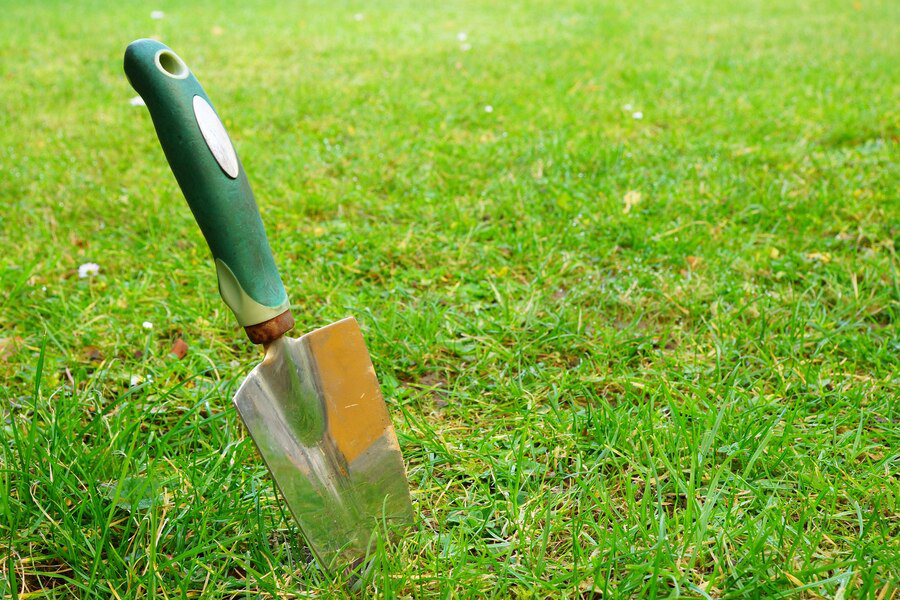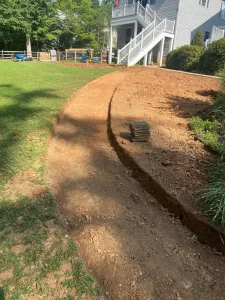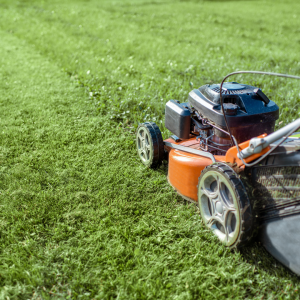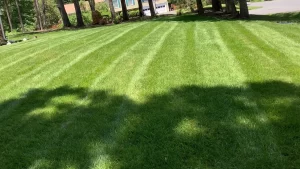Discover the comprehensive blueprint for optimizing your Manassas residence with cutting-edge irrigation and drainage solutions. In this definitive guide, unlock the secrets to maintaining lush, vibrant landscapes while effectively managing water flow. From innovative irrigation systems tailored to your property’s unique needs to strategic drainage solutions that mitigate flooding and erosion risks, this resource equips homeowners with essential knowledge and practical techniques. Dive into expert insights on selecting the right irrigation methods, maximizing water efficiency, and safeguarding your outdoor spaces against water-related challenges. Whether you’re a seasoned gardener or a novice homeowner, this guide empowers you to transform your outdoor environment into a thriving oasis of beauty and functionality. Say goodbye to soggy lawns, standing water, and irrigation woes, and embrace a landscape that not only enhances your property’s aesthetic appeal but also promotes sustainability and resilience.
Understanding Your Landscape: Assessing Irrigation Needs
Embarking on any irrigation project, it’s essential to comprehend the unique characteristics of your landscape. Assessing irrigation needs involves a holistic understanding of various factors, ranging from soil composition to climate patterns. By delving into these intricacies, you pave the way for a tailored irrigation system that not only conserves water but also nurtures your plants optimally. In this guide, we’ll explore five key aspects to consider when evaluating your landscape’s irrigation requirements. From the soil beneath your feet to the nuances of local weather patterns, each element plays a vital role in crafting a sustainable and efficient irrigation strategy. Let’s dive in and uncover the secrets to achieving a thriving, well-hydrated landscape that harmonizes with its environment.

Soil Type and Composition
Different soil types retain and drain water differently. Conduct tests to determine your soil’s composition and drainage capacity. Sandy soils drain quickly, while clay soils retain moisture for longer periods. Understanding your soil type helps in selecting appropriate irrigation methods and scheduling.
Plant Selection and Requirements
Different plants have varying water needs. Consider the types of plants in your landscape and their specific water requirements. Group plants with similar water needs together to optimize irrigation efficiency. Additionally, factor in the growth stage of plants, as water needs may vary during different growth phases.
Sunlight and Shade Patterns
Observe the sunlight and shade patterns in your landscape throughout the day. Plants in shaded areas typically require less water compared to those in full sun. Adjust irrigation schedules accordingly to avoid overwatering shaded areas and underwatering areas with direct sunlight exposure.
Topography and Slope
Assess the topography and slope of your landscape to identify areas prone to water runoff or pooling. Sloped areas may require special irrigation techniques such as drip irrigation or terracing to prevent erosion and ensure uniform water distribution. Additionally, consider installing drainage solutions in low-lying areas to prevent water accumulation and potential damage.
Local Climate and Weather Patterns
Take into account the local climate and weather patterns when planning your irrigation system. Consider factors such as rainfall levels, temperature fluctuations, and seasonal changes. Utilize weather data and forecasts to adjust irrigation schedules accordingly, optimizing water usage and minimizing water waste.
Efficient Water Management: Designing Tailored Irrigation Systems
Effective water management is crucial for maintaining a healthy and thriving landscape while conserving water resources. Designing a tailored irrigation system involves careful consideration of various factors to ensure optimal water distribution and minimize waste. By implementing efficient irrigation techniques and technologies, you can achieve significant water savings while promoting plant health and sustainability.
- Water Delivery Methods: Choose appropriate water delivery methods based on your landscape’s characteristics and irrigation needs. Common methods include drip irrigation, sprinkler systems, and soaker hoses.
- Zone Designation: Divide your landscape into zones based on factors such as plant type, sun exposure, and soil moisture levels. Each zone can then be equipped with its own irrigation system and schedule tailored to the specific needs of the plants within that zone.
- Smart Irrigation Technology: Utilize smart irrigation technology to optimize water usage and reduce waste. Smart controllers use weather data, soil moisture sensors, and plant water requirements to automatically adjust irrigation schedules and duration.
- Water Conservation Features: Incorporate water conservation features into your irrigation system design to further minimize water waste. These may include rain sensors, which prevent irrigation during periods of rainfall, and pressure-regulating devices, which ensure consistent water pressure and distribution.
- Regular Maintenance and Monitoring: Regular maintenance and monitoring are essential for ensuring the continued effectiveness and efficiency of your irrigation system. Inspect for leaks, clogs, and damaged components regularly, and adjust irrigation schedules as needed based on seasonal changes and plant requirements.
By focusing on efficient water management and designing a tailored irrigation system suited to your landscape’s specific needs, you can minimize water waste, conserve resources, and promote a healthy and sustainable outdoor environment.
Sustainable Irrigation and Drainage Techniques
In today’s world, where water resources are increasingly scarce and environmental sustainability is paramount, adopting sustainable irrigation and drainage techniques is essential for homeowners. Sustainable practices not only conserve water but also promote healthier landscapes and reduce the risk of water pollution. By implementing environmentally friendly irrigation and drainage solutions, homeowners can contribute to water conservation efforts and mitigate the impacts of urban development on natural ecosystems.
Water-Efficient Irrigation Systems
Choose water-efficient irrigation systems that minimize water waste while effectively meeting the needs of your landscape. Drip irrigation, for example, delivers water directly to the root zone of plants, reducing evaporation and runoff compared to traditional sprinkler systems. Investing in high-efficiency irrigation technologies helps conserve water and reduce overall water usage.
Native and Drought-Tolerant Plantings
Opt for native and drought-tolerant plant species in your landscape design. Native plants are adapted to local climate conditions and require less water and maintenance compared to non-native species. By selecting plants that are well-suited to your region’s natural environment, you can reduce the need for irrigation and create a more resilient landscape that thrives with minimal water input.
Rainwater Harvesting Systems
Install rainwater harvesting systems to capture and store rainwater for use in irrigation. Rain barrels, cisterns, and rain gardens are effective methods of collecting and utilizing rainwater runoff from roofs and other surfaces. By harvesting rainwater, homeowners can reduce reliance on municipal water sources and supplement irrigation needs during dry periods, while also reducing stormwater runoff and soil erosion.
Permeable Paving and Landscaping
Use permeable paving materials and landscaping techniques to promote natural drainage and reduce runoff. Permeable surfaces such as gravel, permeable pavers, and porous concrete allow rainwater to infiltrate into the soil, replenishing groundwater supplies and minimizing runoff into storm drains. Incorporating green infrastructure features such as bioswales and vegetated swales further enhances water absorption and filtration, improving overall drainage and water quality.
Integrated Irrigation and Drainage Design
Take a holistic approach to landscape design by integrating irrigation and drainage systems. Designing landscapes with proper grading, swales, and retention areas helps manage excess water and prevent waterlogging or erosion issues. Implementing efficient irrigation practices alongside effective drainage solutions ensures a balanced and sustainable water management strategy, promoting healthy plant growth and minimizing environmental impact.
Conclusion
Precision Lawn and Landscape offers the ultimate guide to transforming your Manassas home with top-tier irrigation and drainage solutions. With their expertise and dedication to excellence, they ensure your property thrives with lush greenery while effectively managing water flow. Whether it’s installing efficient irrigation systems or addressing drainage issues, their team in Manassas, VA, stands ready to deliver exceptional service tailored to your needs. Contact Precision Lawn and Landscape at 703-244-6407 to elevate your outdoor space and enjoy a vibrant, well-maintained landscape that enhances both the aesthetic appeal and functionality of your home.




